Application of hypochlorous acid(HOCL) in planting industry
The bactericidal effect of chlorine-containing disinfectants does not depend on the total available chlorine concentration of free chlorine, but on the concentration of hypochlorous acid molecules. In the process of sterilization and virus killing, hypochlorous acid can not only act on the cell wall and virus shell, but also because the hypochlorous acid molecule is small and uncharged, it can pass through the cell wall and penetrate into the body of bacteria (viruses) and bacteria (viruses). Oxidation reactions occur in proteins, nucleic acids, enzymes, etc., destroying bacterial enzyme systems, hindering bacterial metabolism, and thus killing pathogenic microorganisms.
Hypochlorous acid electrolyzed water has excellent broad-spectrum bactericidal effect and safety, so it can be used as a bactericide in agricultural production. However, due to its characteristics, it has no (micro) residue and is easy to decompose. In the face of complex production front lines (light, heat, organic matter), its use effect is not lasting, so it cannot completely replace the status of conventional pesticides in agricultural production. We comprehensively consider the characteristics of hypochlorous acid and the application scenarios of pesticides in agricultural production. After reviewing the information and conducting relevant application tests in recent years, we have roughly clarified that the application direction of hypochlorous acid electrolyzed water in agricultural production is mainly concentrated. at the front and end of production.
1. The seedling base is used for plug cleaning and seedbed management.
For most annual crops, plug seedlings are currently the best propagation model. The filling, sowing, germination and other processes of plug seedling cultivation can be completed mechanically, and the operation is simple and fast. The seedlings in the plug trays are relatively independent, which not only reduces the spread of diseases and insect pests, but also reduces the competition for nutrients among the seedlings. It not only increases the density of seedlings, improves site utilization, but also ensures the quality of the seedlings, making it easy to store, transport and start the seedlings. During the transplanting process, the root system is not damaged, resulting in a high transplant survival rate and a short seedling slowing period, which greatly reduces production costs. For nursery bases, plug trays are often recycled and reused unless they are seriously damaged and the substrate is not seriously polluted.
Under such a premise, the broad-spectrum bactericidal effect of hypochlorous acid can be fully exerted. After washing and soaking the recovered plug trays with an appropriate concentration (>80ppm), the bacteria carried by the plug trays can be effectively removed. Using a low concentration (>80ppm) <20ppm), soaking the seeds and watering after sowing the substrate can further kill the bacteria carried by the seeds and substrate. Hypochlorous acid is safe and has no residue, which ensures that it will not cause "seedling suppression" like some commonly used pesticides, especially triazole pesticides. It even has a certain permeability in the cell wall. It softens the seed coat to a certain extent, promotes seed germination and growth, increases germination rate, and promotes seedling growth.
2. Used to improve continuous cropping obstacles in planting fields
The reason for continuous cropping obstacles is usually due to the planting of the same crop or closely related crops in successive years, which deteriorates the physical and chemical properties of the soil and increases the accumulation of pests, diseases, and toxic and harmful substances (including allelopathic substances, etc.), causing browning of the crop root system, reduction of branches, and loss of vitality. Low and reduced range, resulting in a decrease in the ability of the roots to absorb water and nutrients. In crops prone to continuous cropping obstacles, such as Solanaceae, Leguminosae, Cruciferae, Cucurbitaceae and Rosaceae, the symptoms are usually stunted growth. Yield and quality decreased, and some dead seedlings and trees were damaged. Compared with conventional soil treatment and disinfection chemicals (sulfur, lime nitrogen), hypochlorous acid electrolyzed water can be transplanted without a long treatment interval due to its rapid degradation after disinfection. The freshly prepared hypochlorous acid electrolyzed water, in addition to the hypochlorous acid that brings bactericidal power, also contains supersaturated hydrogen, oxygen and a part of free hydroxyl groups. During the process of applying it to the soil, this part The supersaturated gas will escape quickly in the form of bubbles. Hydrogen, as the smallest molecular structure, is pervasive. Oxygen increases the oxygen content of the soil cavity, adjusts the soil's aggregate structure to a certain extent, and improves the physical and chemical properties of the soil. Functional groups such as hydroxyl groups will activate the toxic substances hardened and accumulated in the soil in the form of free radicals and redisperse them along the water flow, thus reducing the toxic effects.
3. Used for short-term storage of fruits and vegetables after harvesting
With the improvement of social living standards, people's demand for fresh fruits and vegetables is increasing. In order to ensure that they can eat fresher and more delicious agricultural products, post-harvest fruits and vegetables also need to be treated with pesticides and fungicides during storage and transportation. , but it inevitably conflicts with consumers' demand for "food safety". Hypochlorous acid, as an efficient, safe and non-residue bactericide, can be used in this process. Hypochlorous acid electrolyzed water is used for cleaning and sterilization and then stored in a relatively closed environment to avoid secondary contamination of fruits and vegetables and avoid hypochlorous acid. Disadvantages of use due to rapid decomposition and short duration of effect. This is also one of the reasons why chlorine-containing disinfectants are accepted and updated by food processing companies, from calcium hypochlorite (bleaching powder) → sodium hypochlorite (84 disinfectant) → hypochlorous acid electrolyzed water.
Hypochlorous acid electrolyzed water is an efficient and broad-spectrum bactericide. Proper use of its characteristics other than bactericidal will be more conducive to its application in agricultural production. You must not blindly praise it, you must clearly understand the needs and occasions before using it.
Application
Contact Us

Name: Diana
E-mail: [email protected]
Skype: +86-15-22-27-71-011
WeChat: +8615222771011
Whatsapp: +8615222771011
Add: Office N.420D-C1 Tower Ajman,UAE
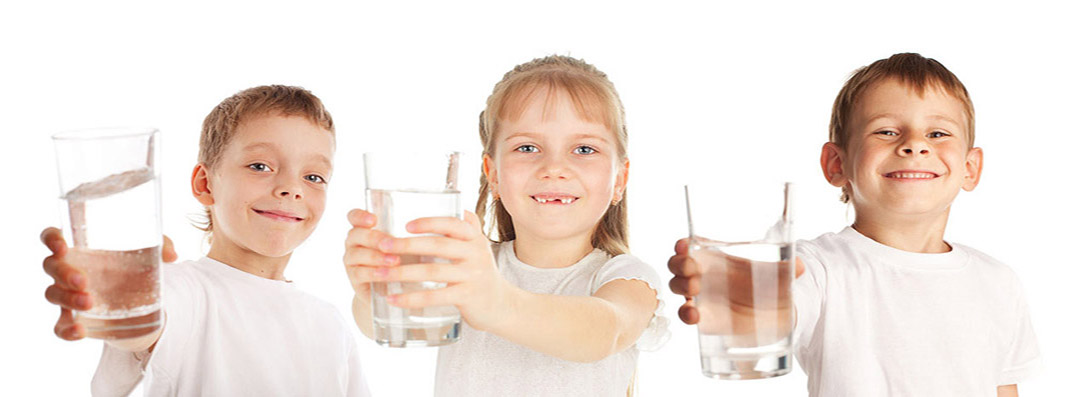
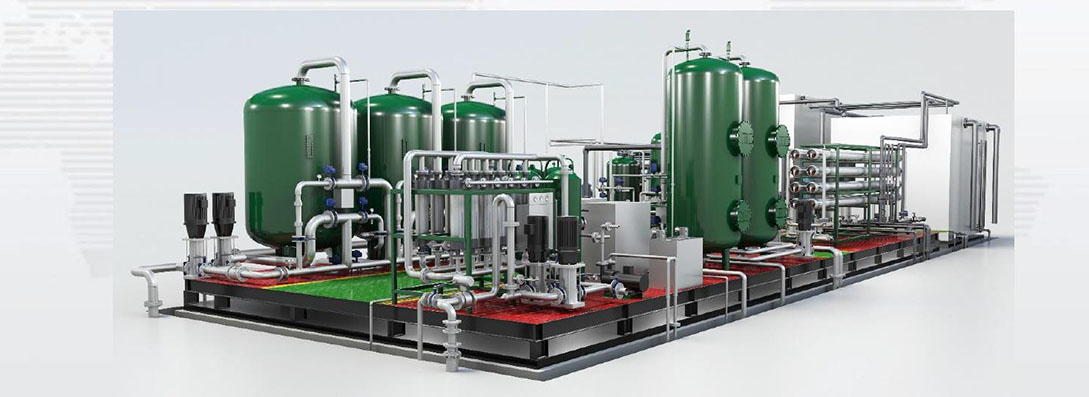
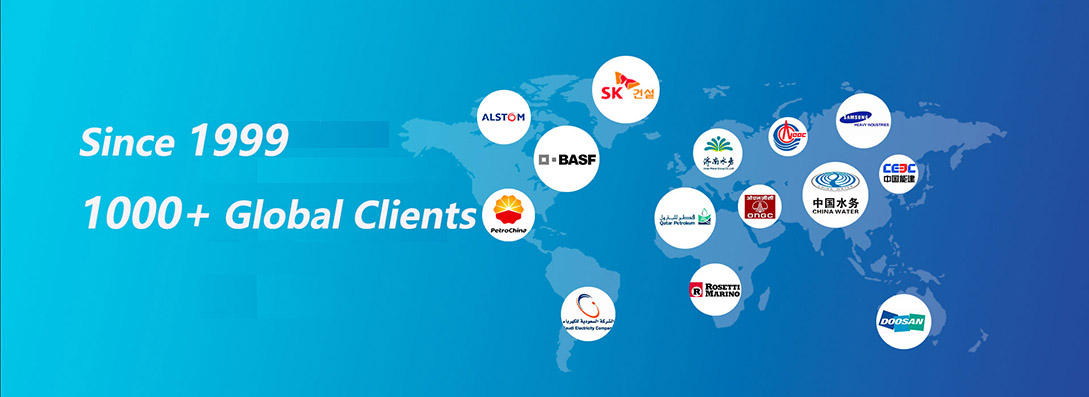

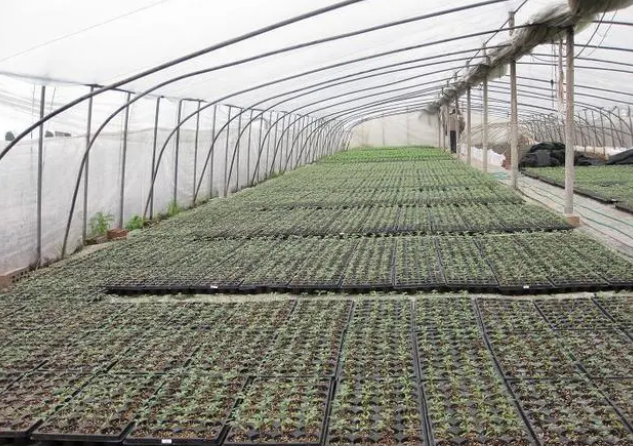
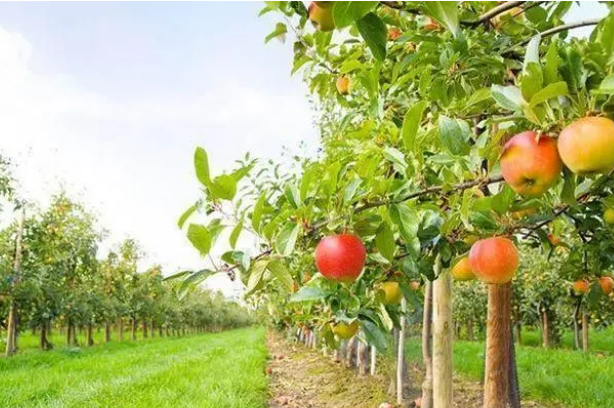






 Skype Chat
Skype Chat WhatsApp
WhatsApp  Mail inquiry
Mail inquiry
